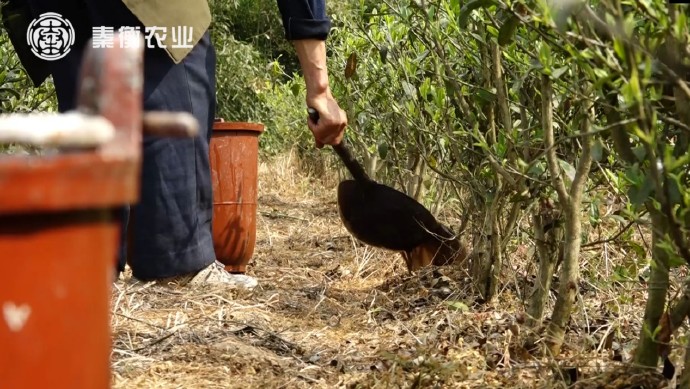The annual yield per mu of the main producing area of ​​the tree is generally 400-500 kg of fresh leaves. According to this level of production, the amount of fertilizer applied per mu is recommended: base fertilizer: compound fertilizer (15-15-15) 40-50 kg, high quality organic fertilizer 100-200 kg; spring tea fertilizer: to chase, urea 15-20 kg, chlorine Potassium 10-15 kg, divided into 1-2 times; summer and autumn fertilizer: urea 10-15 kg, divided into 1-2 times. The yield is higher than the upper limit, and the upper limit is lower. Green tea can slightly increase nitrogen and improve quality; black tea should reduce nitrogen slightly to prevent fermentation from being inhibited. Red soil tea gardens are more phosphorus-deficient, and more phosphorus fertilizer should be applied; in southern soils, potassium deficiency is serious, and potassium fertilizer can be applied more. Adult trees are mostly made of potassium chloride, and young trees are rarely used. It is recommended that you use Fuyusu Humic Acid Water Soluble Fertilizer, which is converted from organic matter, which is rich in nutrients required by plants, and can improve soil compaction, acidification and other problems, including humic acid The main fulvic acid is greatly helpful for improving crop yield and quality, and can improve plant resistance and make plants grow healthier.
The tea tree is a deep-rooted plant. It is more than 1 meter deep in the soil layer. The root system is concentrated in the direction of perennial fertilization. Appropriate deep application can guide the root system to develop deeper and increase the absorption nutrient area. There are two kinds of bases: ditch casting, combining cultivating and widening the ditch near the inter-row canopy; the fertilizer is applied to the ground first, then turned into the ground. The application is the same as the base application, the depth is 10-20 cm, and the sand should be shallow. Tea trees and fruit trees are mostly in hilly slopes, especially on slopes. The soil is often thin and sloppy, and fertilization should be “less mealsâ€, that is, each dose should be less, the number of times can be more, watering in time to prevent root burning.

